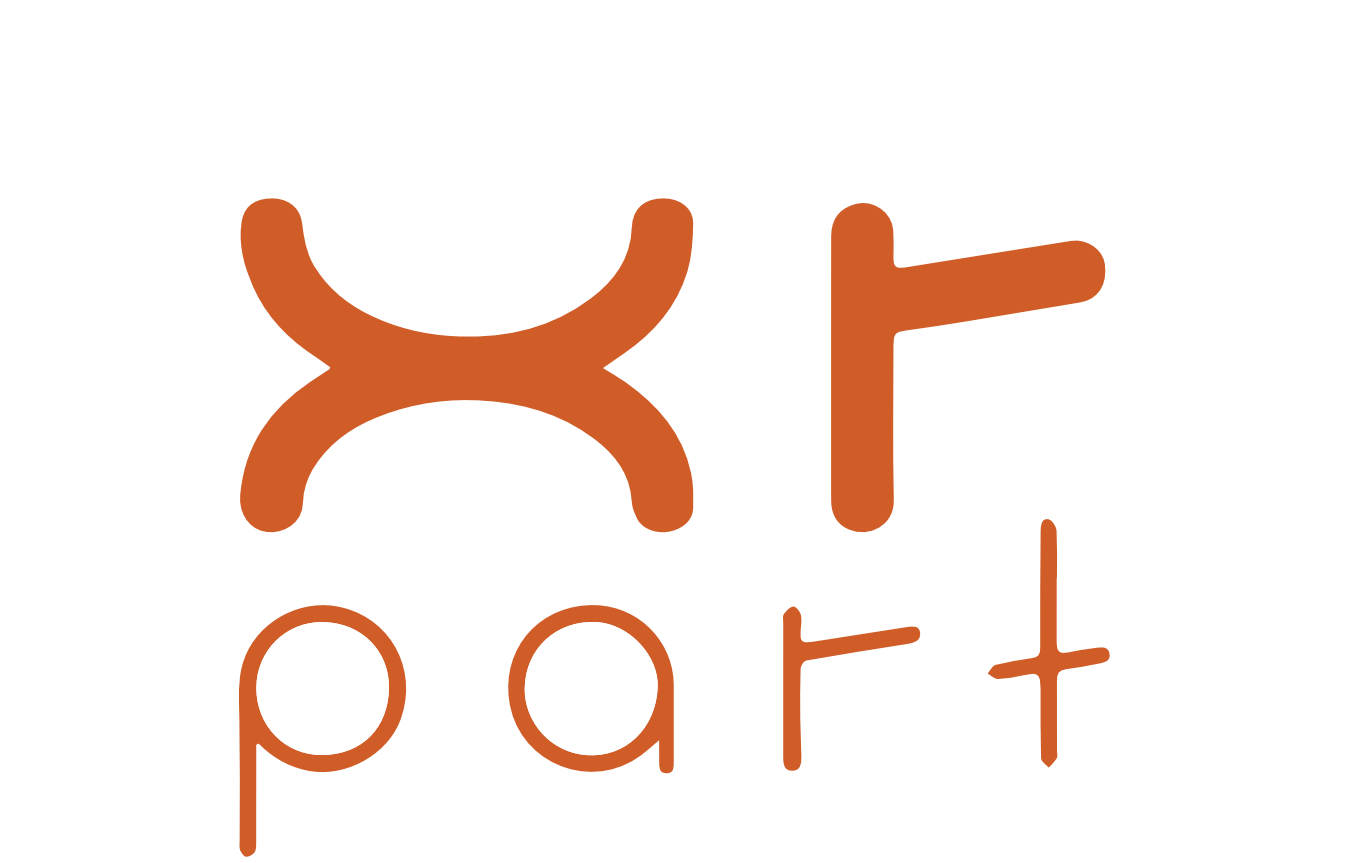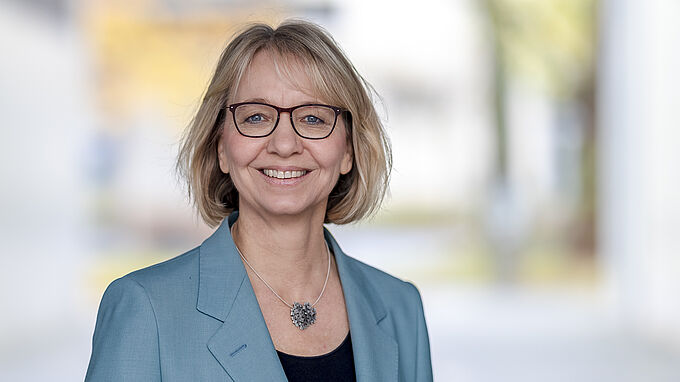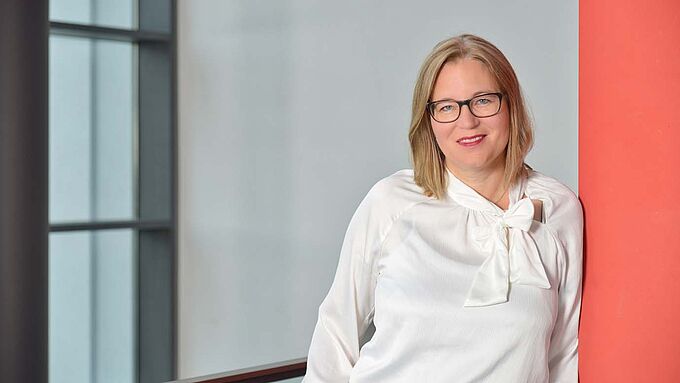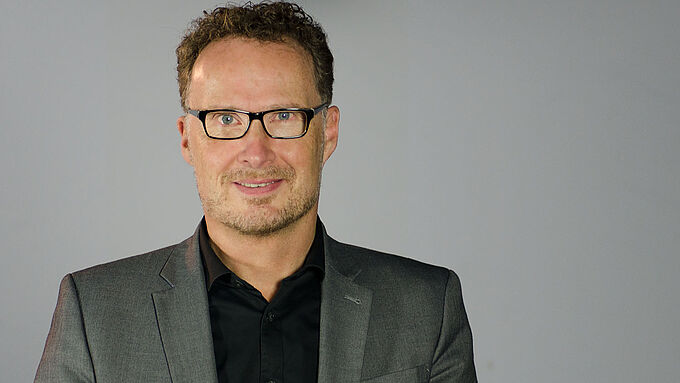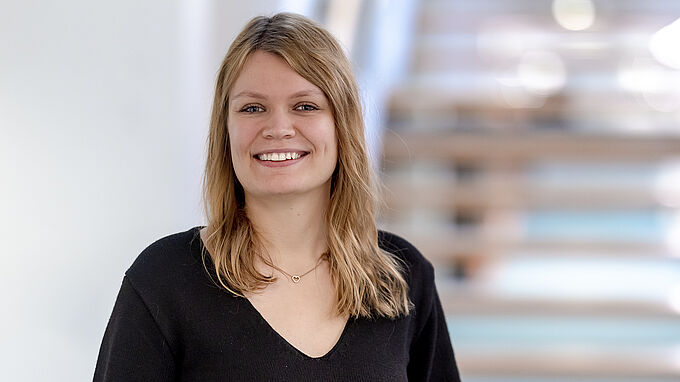
XR-Part
XR-Participation Spaces for Expanded Social Participation in Urban Transformation Processes
Involving citizens and widening participation in urban planning processes with the support of XR technologies
Social participation in urban transformation processes already takes place in many municipalities through cross-media participation offerings. However, despite the diverse channels offered by cross-media, many people are still excluded from participation or are not sufficiently reached. Analog or online participation spaces are either perceived as not attractive and accessible enough or as too fragile. In cooperation with various social actors, XR-Part is intended to break these previous spatial-temporal and medial disruptions. By linking previously isolated interaction possibilities, a qualitative further development of citizen participation is to be realized. The transdisciplinary collaborative research project XR-Part is developing an integrative XR system of different VR and AR solutions into a common XR platform (XR: Extended Reality) that can be applied in participatory planning processes. In the context of urban planning processes, this innovative approach is being evaluated in the model cities of Rostock and Mannheim.
About the project
In the collaborative research project XR-Part, both technical and process innovations for social participation are being further developed, interlinked, tested and evaluated.
XR-Part combines various virtual and augmented reality solutions in an extended reality (XR) platform into a system consisting of three components: (1) a three-dimensional virtual experience and encounter space for temporary collaborative events at arbitrary times, (2) an augmented reality application in which planning content can be viewed three-dimensionally in variants, and (3) an online participation tool to support on-site participation. Planning and information on urban transformation projects thus become accessible for a wide dialogical exchange, independent of time and place. The XR system is being developed cooperatively along concrete urban planning processes with the model cities of Mannheim and Rostock as well as with the tandem cities of Bonn and Cologne. XR-Part is to be made accessible for participatory urban planning processes in municipalities.
Aims and approach of the research project XR-Part
Within the framework of the research project, innovative XR (extended reality) participation spaces are to be developed, which quantitatively and qualitatively improve social participation in social decision-making processes and can be integrated into cross-media participatory procedures for urban planning projects.
The following approach is intended: The XR system will be designed, developed, tested and evaluated using the example of several concrete urban participatory processes in a user-centered, interactive development process. Processes of modern urban planning as well as software and hardware development follow an iterative process in which work steps of conception, development, testing and evaluation are passed through several times. The collaborative research project XR-Part hence follows such an iterative process.
At the beginning of the process, the current state of science and technology of the disciplines involved is reviewed, categorized and prepared for the further work. The subsequent work stages of designing and developing the technical XR solutions will run simultaneously with the participatory development of user-centered quality standards for digitally supported citizen participation. A central aspect will be the regular discussion within the project team on requirements and solutions for technical and process-related solutions. At the end of this work stage, a first prototype of the XR platform and quality benchmarks for sustainable digital citizen participation will be developed.
In the next stage, these solutions will be tested and evaluated in terms of their usability and added value for citizen participation on the basis of concrete planning projects in the cities of Mannheim and Rostock. The solutions will be tested twice in each model city on the basis of participatory planning processes. This will allow the solutions developed to be adapted to actual needs in the context of urban participation processes. The goal is to evaluate the prototypes of the previous work phase, to continuously improve them and finally to develop an applicable solution.
The framing project coordination as well as the transfer of knowledge into science and practice represent further work packages.
Innovation approach of the project
The innovation approach of the project is based on an integrative consideration of human-technology interaction in virtual and real spaces. Technical solutions of XR are to be (further) developed, interrelated and finally made available for participation in urban planning processes and tested in an integrated way on the basis of concrete planning projects.
At the center of the planned developments is a hardware and software platform that will enable information acquisition, visualization, communication and cooperation as well as the testing of planning urban transformation processes in spatiotemporal independence. The aim is to develop the XR platform as a web-based solution in order to counteract the digital separation of user groups through easy accessibility. XR technologies offer ideal conditions to:
-
bring people together and
-
to present planning for a real urban space on local level - i.e. in the context and the living environment of the citizens - in a comprehensible way and to develop it together.
The XR platform therefore integrates two types within the established reality-virtuality continuum:
-
Augmented Virtuality: People interact with each other in virtual spaces.
-
Augmented Reality: Virtual objects ( here especially: buildings, street furniture, streets, trees) can be experienced in real urban space.
Interaction in virtual spaces (augmented virtuality) is supposed to be accessible from any physical location with the user's own device. Virtual spaces aim to increase the number of participants in collaborative environments, develop new participation formats in virtual spaces, integrate complex planning content, create new forms of visualization and interaction, and make the technology easy and enjoyable to use for diverse target groups.
In the augmented reality approach, urban planning is meant to be experienced in physical space by persistently locating digital elements in space. These elements can be visualizations of planning drafts of the administrations or digital objects previously created in virtual spaces. They should not be perceived as part of the technical device, but as an element of the physical space.
With these solutions, it is intended to be possible to address target groups that were previously hardly reached or unreached in planning processes, to make visions and ideas of spatial changes tangible and illustrative, to simplify experimentation in space, and finally to enable sustainable learning processes.
Task Fields
Tasks of the joint research project XR-Part are:
-
Development of new findings on the application of XR technologies in participation processes
-
Improving the involvement of the widest possible range of population groups in urban transformation processes by applying the developed XR-Participation platform
-
Development and transfer of applicable evaluation findings for a technologically-based expansion of participation practice in urban planning processes in science and practice.
Scientific contributions
- Development of a requirements catalog for the XR participation platform
With the existing guidelines for citizen participation of the model and tandem cities, Mannheim and Rostock as well as Bonn and Cologne, the quality standards and user-oriented requirements for the XR platform will be further defined.
- Development, testing and evaluation of the XR participation platform based on case studies in the model cities Mannheim and Rostock
The developed XR platform will be evaluated and further qualified on the basis of selected participatory urban planning processes. With the help of qualitative and quantitative methods, the perspectives of the users will be recorded and evaluated, among other things with regard to potentials and limitations of social interactions and collaborations in and with XR technologies. In addition, new insights into the improved participation of citizens in urban planning processes and the identification of innovative interaction possibilities are expected.
- Transfer to science and practice
The approaches developed will be made available to the participating cities for further testing. In addition, a national conference will be organized to transfer knowledge and experience to interested cities and other interested stakeholders from science and practice.
Science project team
University of Applied Science Erfurt
Project partner
Science
- TriCAT GmbH
Dr. Gregor Mehlmann
(Sub-project management)
Markus Herkersdorf
Felix Gaisbauer
Lena Schuler
- Zebralog GmbH
Dr. Sarah Ginski (contact)
(Sub-project management)
Christina Kühnhauser (contact)

